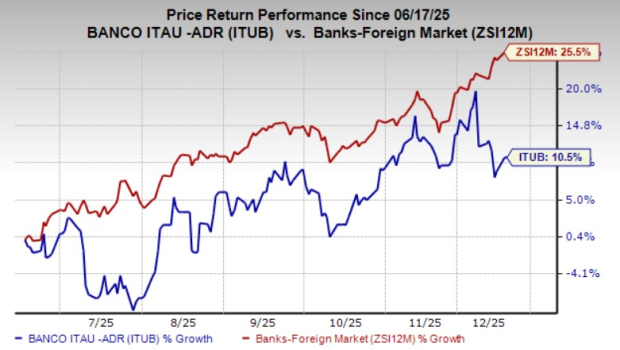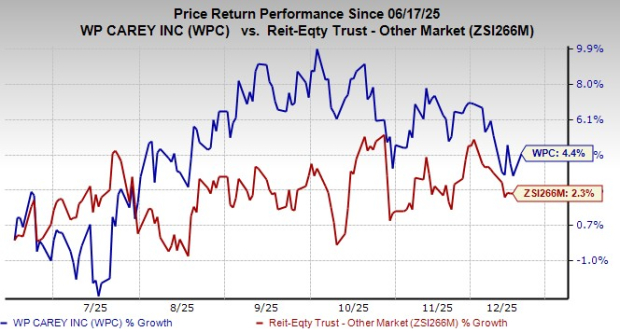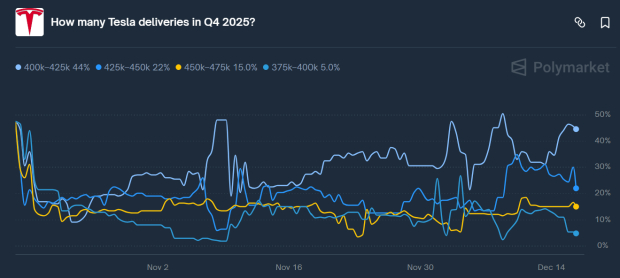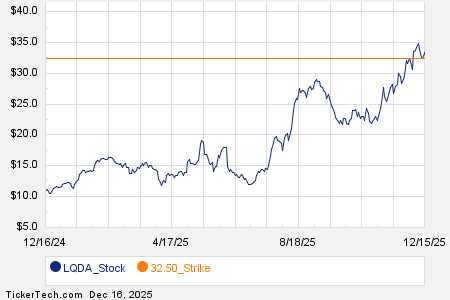Layoffs lower than their entire pre-Covid history
We got data showing that initial claims for unemployment insurance dipped, and they’ve been hovering in the same (historically low) range since last fall. So, with the economy staying strong and the labor market still pretty tight, companies have been reluctant to layoff workers.
In fact, layoffs (chart below, red line) are currently lower than they’ve been during their entire pre-Covid history (dashed red line).
Despite low layoffs, slowing hires and quits indicates some labor market cooling
Still, there are signs that the labor market has cooled.
Hiring has been slowing since the Fed started hiking rates in early 2022 and is now at its low since 2017 (green line). Similarly, people are quitting their jobs at the lowest rates since 2018 (purple line), which suggests they’re less confident they can find a new job quickly.

Of course, the labor market was pretty healthy in 2017-18, so even though it’s cooled back to those levels, it’s more a sign of normalizing than cause for concern.
Small business hiring plans point to slower job gains or even job losses
If you really stare at the data (which is what we do here!), there’s one area showing clearer signs of weakness: small businesses.
Small business hiring plans for the next 3 months is around its lowest level since 2016 (chart below, orange line).
This metric has been one of the best leading indicators of private sector job gains (green line) in recent years. And right now it suggests the US could see small net job losses this summer (red circle).

The mitigating factor is that nearly 90% of the firms surveyed by the NFIB have fewer than 20 employees. And businesses of that size only employ about a quarter of private sector workers. So hiring plans have deteriorated for really small companies.
Big companies planning to increase hiring, mitigating slowing hiring at small businesses
But big companies are actually looking to increase hiring.
A survey of 200+ CEOs of big US companies (like Nasdaq) shows that hiring plans for the next 6 months have increased for the last two quarters. And they’re at a level consistent with increased hiring (chart below).

Since these companies are so large, they make up a significant share of employment: nearly one-fifth of people work at companies with at least 500 employees (and S&P 500 firms employee 29 million people).
This upswing in hiring plans is helped by CEOs now seeing a soft landing as the base case, after earlier recession concerns led to cautious hiring. And large caps have had strong earnings, rising 4-6% YoY each of the last 3 quarters. So with profits growing – and expected to keep growing – it’s a good time to expand.
Labor market still healthy, but more mixed with diverging outlooks for big & small companies
Overall, the US labor market remains healthy, but its outlook is now more mixed.
We shouldn’t be surprised if we see job gains slow over the next few months, but hopefully the improving employment outlook at big companies can mostly offset the weaker outlook at small companies.
The information contained above is provided for informational and educational purposes only, and nothing contained herein should be construed as investment advice, either on behalf of a particular security or an overall investment strategy. Neither Nasdaq, Inc. nor any of its affiliates makes any recommendation to buy or sell any security or any representation about the financial condition of any company. Statements regarding Nasdaq-listed companies or Nasdaq proprietary indexes are not guarantees of future performance. Actual results may differ materially from those expressed or implied. Past performance is not indicative of future results. Investors should undertake their own due diligence and carefully evaluate companies before investing. ADVICE FROM A SECURITIES PROFESSIONAL IS STRONGLY ADVISED. © 2024. Nasdaq, Inc. All Rights Reserved.










